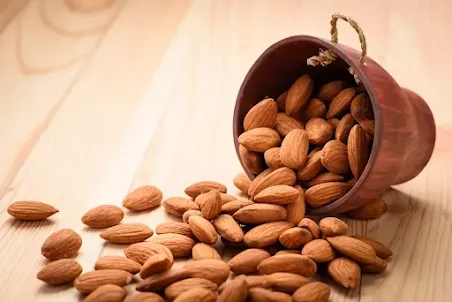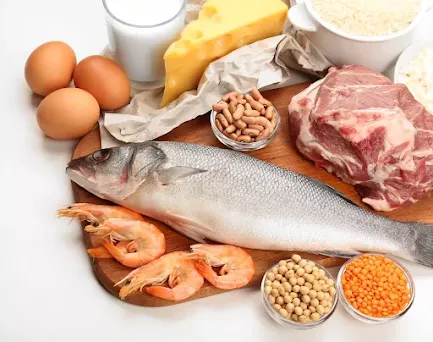Foods high in salt: the list
Salt puts its grain of salt everywhere. Not just in your salt shaker! He also plays the surprise guest in many foods. But what are these foods? Discoveries.
What are the foods richest in salt?
On the first step of the podium, we find table salt and then vegetable and meat broths. Then the soy sauce, the anchovy fillets, the cold cuts in particular the dry sausage, the dried ham, the raw ham ...
What foods are high in hidden salt?
Salt hides everywhere, in all the industrial products you consume. The range is very wide. Indeed, this is the case of cold cuts, cheeses, aperitif biscuits, cakes, pastries, bread, pizzas, sauces, and condiments...
What are the health hazards of salt?
Salt requirements are 1-2 grams per day. However, the French consume 8 to 10 g!
Which is considerable. It should be noted that heavy consumption is a risk factor for high blood pressure and cardiovascular disease. So have a light hand on salt and curb the consumption of foods rich in salt. Reducing your consumption to 5 to 6 grams/day would already be good!
How to eat less salty?
To eat less salty, have the reflex to salt your food a little during cooking, taste your dishes before resaling, forget the salt shaker on the table, avoid products highly concentrated in salt such as cold cuts, cheeses, aperitif cookies ..
Choose waters that are not very mineralized and therefore low in sodium. You can also opt for a replacement salt based on potassium chloride.How to avoid salt altogether?
It is relatively complicated and it is justified only on medical indication. But you can use and abuse herbs as a replacement for salt, cook yourself without salting so go your way past industrial ready meals. Think about cooking methods that preserve the flavor of food. Choose fresh or frozen vegetables rather than canned goods.
And of course, forget about all the foods high in salt.
Dietician's Advice
There is no reason to suppress salt in a healthy person. You just have to control your consumption. Salt is necessary to maintain the hydration of your body and it is desirable to eat enough salty especially when it is hot or in case of sustained physical activity.



















